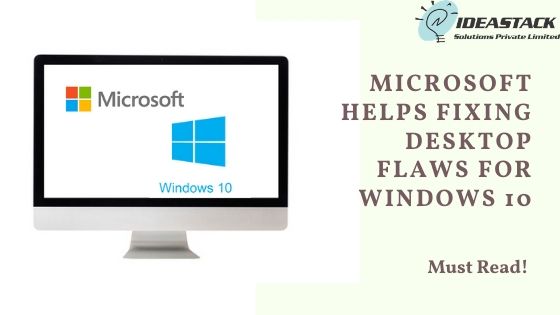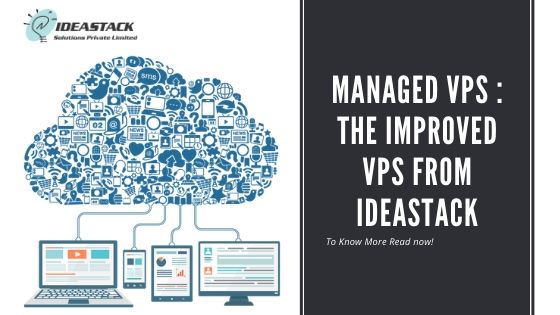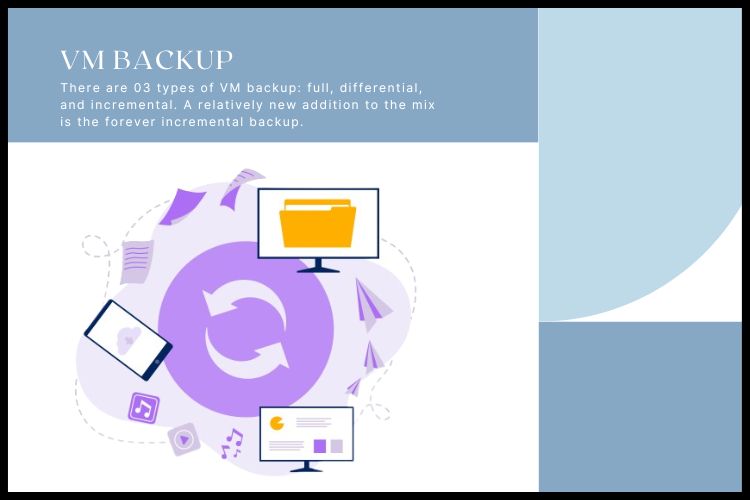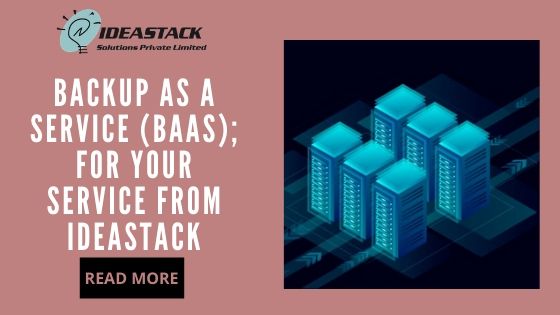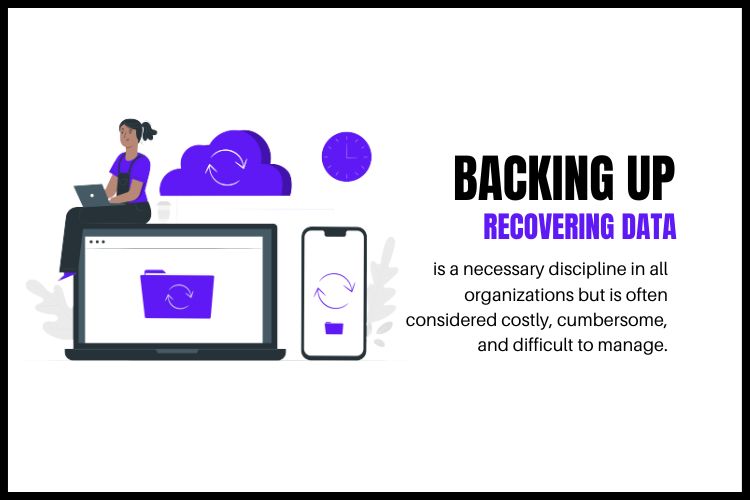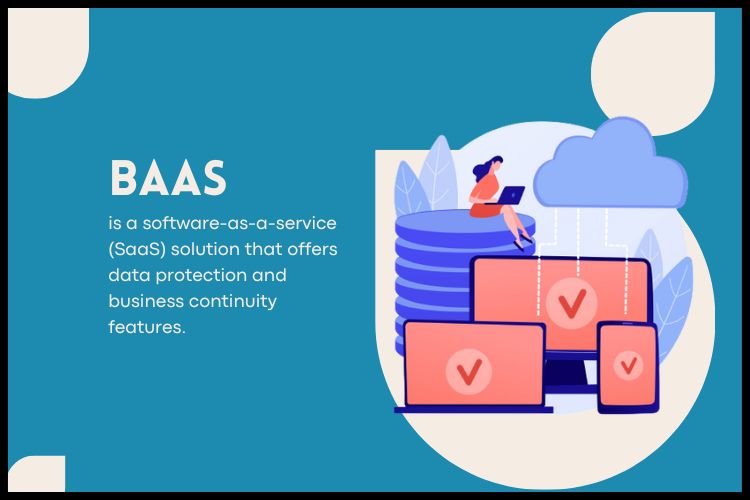Ideastack: Providing a wide Range of World-class Server Hosting Services
When you believe of a web hosting overhaul supplier in India which offers world-class hosting solutions, you should think Ideastack. This firm has emerges as one of the best web hosts because it has productively provided a wide collection of hosting solutions to customer enterprises across different manufacturing verticals.
It was founded in 2000 and since then, it has strived to offer world-class hosting plans and performance ambitious solutions to its clients. It boasts of a better cloud communications with state-of-the-art data. The main reason at the back their achievement has been their approach towards making businesses seize new growth opportunities and enter into new markets flawlessly.
Ideastack has grown into one of the most dependable world-class dedicated server hosting source because of its technological expertise. It offers only tried-and-tested solutions which have been urbanized by Microsoft Certified Professionals. When you sign up with Ideastack, you can also benefit from their 24×7 technological staffs which adopt the most recent technologies for better presentation.
Customer enterprises find Ideastack services dependable because of their exceptional technical support; they will make sure that all your server-related issues get determined without delays. You can get in contact with their client service agent through live chats, emails and phone call. This web host is dedicated to offering the finest customer services within the hosting industry.
Customer enterprises are likely to be faced with server related trouble from time to time. So, when you sign up with Ideastack you can be sure of getting end-to-end preservation services. Their experts will take care of usual security updates, upgrades for the hardware and software, downtime resolutions, traffic treatment issues etc. This fresh clients to use their capital to focus on other vital areas of their business.









